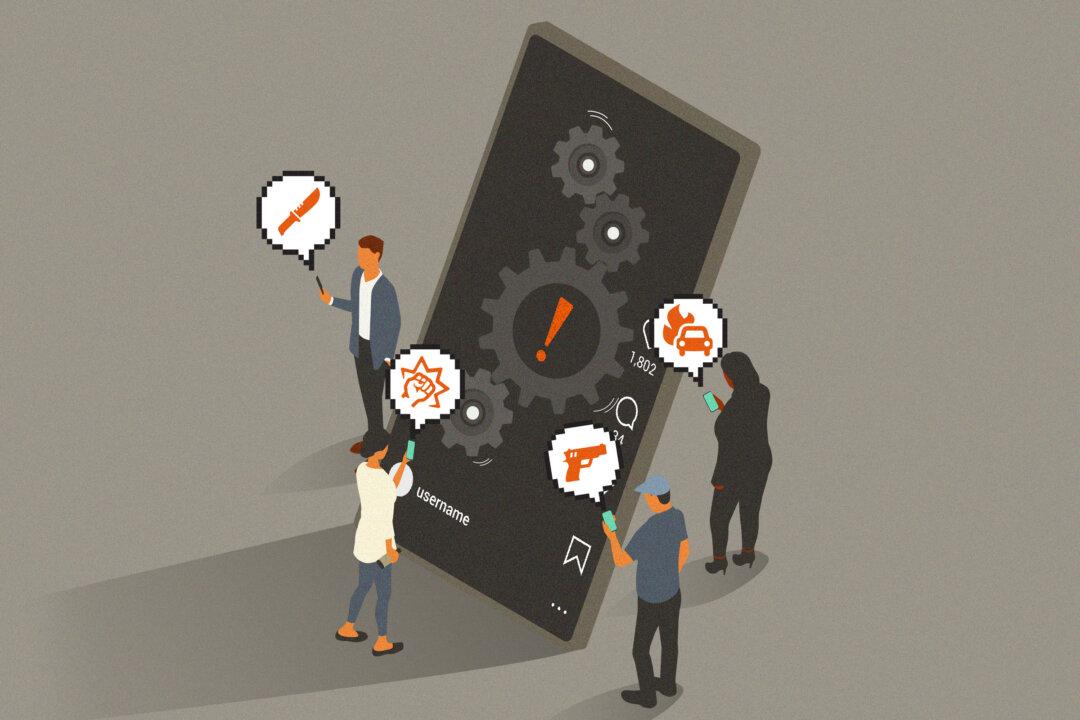Americans reached deeper into their pockets in March, spending nearly $1.2 trillion on consumer goods and services. That’s up nearly 0.9 percent from February—the biggest increase since August 2009.
The increase was primarily driven by car purchases, where spending on vehicles and parts increased more than 4.8 percent, the most since March 2018. Among services, health care expenditures contributed the most to the hike, the Commerce Department’s Bureau of Economic Analysis reported on April 29.





